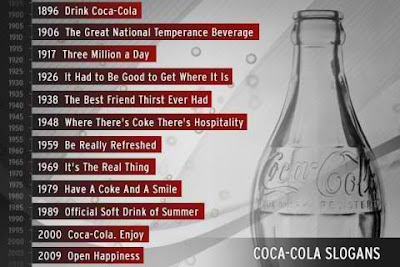Coca-Cola India being one of the largest beverage companies in India, realized that CSR had to be an integral part of its corporate agenda. According to the company, it was aware of the environmental, social, and economic impact caused by a business of its scale and therefore it had decided to implement a wide range of initiatives to improve the quality of life of its customers, the workforce, and society at large.
Coca-Cola India Bags the Prestigious Golden Peacock Award for CSR, Third year in a Row
Coca-Cola’s footprint in India was significant as well. The Company employed 7000 citizens and believed that for every direct job, 30-40 more were created in the supply chain. Like its parent, Coke India’s Corporate Social Responsibility (CSR) initiatives were both community and environment-focused. Priorities included education, where primary education projects had been set up to benefit children in slums and villages, water conservation, where the Company supported community-based rainwater harvesting projects to restore water levels and promote conservation education, and health, where Coke India partnered with NGOs and governments to provide medical access to poor people through regular health camps. In addition to outreach efforts, the company committed itself to environmental responsibility through its own business operations in India including
- Environmental due diligence before acquiring land or starting projects
- Environmental impact assessment before commencing operations
- Ground water and environmental surveys before selecting sites
- Compliance with all regulatory environmental requirements
- Ban on purchasing CFC-containing refrigeration equipment
- Waste water treatment facilities with trained personnel at all company-owned bottling operations
- Energy conservation programs
- 50% water savings in last seven years of operations
One of the most recent initiative by Coca – Cola is “Support My School” campaign in collaboration with NDTV. Sachin Tendulkar is the ambassador for this campaign. The campaign focus on providing sustainable sanitation facilities, infrastructural development such as building proper hygienic sanitation facilities for boys and girls, improved access to water, renovating the grounds to promote physical sports and recreation, building a green environment and equipping schools for rain water harvesting. “Support My School” Campaign garnered contributions from the public through the course of the campaign and during the telethon which was hosted by Sachin Tendulkar in mid-2011.














